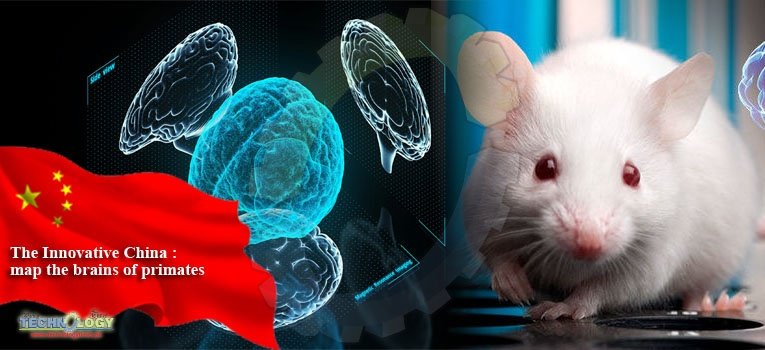Under a blue spotlight lies a primates ‘mouse’s brain’ immersed in liquid. A diamond blade slowly peels off a layer of brain tissue that is only one micron thick.

The layer is scanned and imaged. About 10,000 layers will be peeled off to get a map of the whole mouse brain.The images of the colorful neural and vascular systems of the brain shown on the computer look like intricate highway networks. This is the world’s clearest map of a mammal brain.
Dozens of such instruments are working round the clock in the spotless labs of the Suzhou Institute for Brainsmatics of the Huazhong University of Science and Technology (HUST), located in the Suzhou Industrial Park, in east China’s Jiangsu Province. Nearby are the ancient Suzhou Gardens, famous for their inventive and exquisite design and oriental aesthetics.
The journal Nature recently reported the construction of the brain-imaging institute in Suzhou, arousing great interest in academic circles.
“We have achieved success with mice, and are making efforts to map the brains of primates which are more advanced and complicated,” says Li An’an, vice-director of the institute.
“Our ultimate goal is to lead the world to get a precise map of the human brain, which will help us uncover its secrets,” Li says.
This is only one of China’s achievements at the frontier of science and technology.
In his book on Science and Civilization in China, Joseph Needham, a British science historian, described China as a great country of invention and creation, but falling behind in modern times.
In the 20th Century, few Chinese participated in world’s major scientific and technological advances.
But the situation is changing rapidly. From Internet development to brain study, from probing space to exploring the deep sea, from observing the universe to researching micro particles, Chinese are working in almost all fields of science and technology.